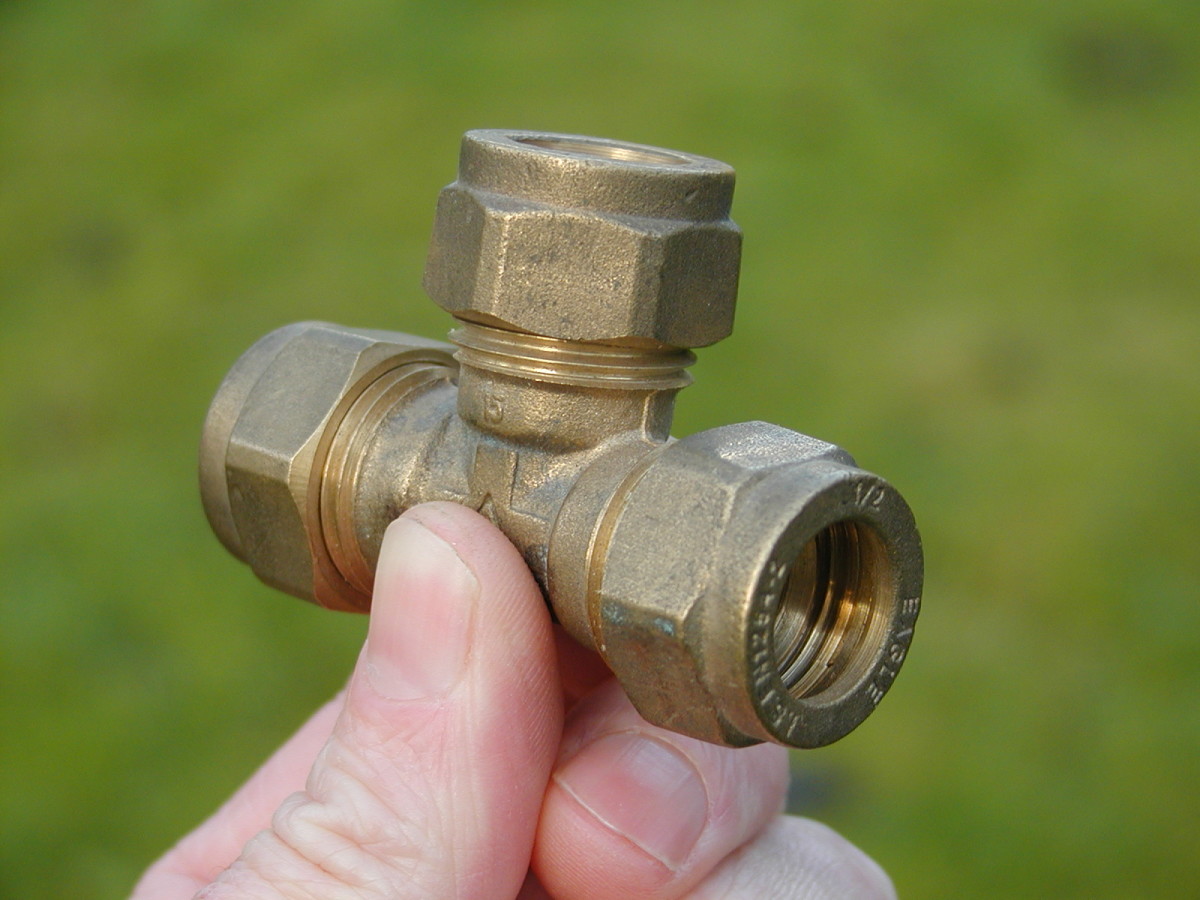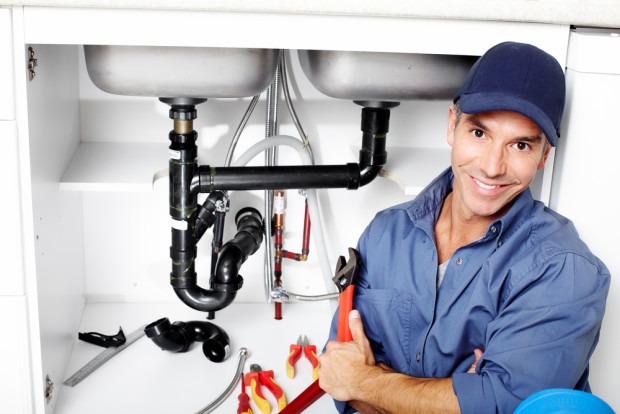Plumbing Noises You Should Learn about
Plumbing Noises You Should Learn about
Blog Article
Almost everyone is bound to have their unique theory involving Why Do My Pipes Make Noises.

To detect loud plumbing, it is important to identify very first whether the unwanted noises happen on the system's inlet side-in various other words, when water is transformed on-or on the drainpipe side. Sounds on the inlet side have actually varied causes: excessive water pressure, worn valve as well as faucet parts, incorrectly linked pumps or various other home appliances, inaccurately positioned pipeline bolts, and also plumbing runs having way too many limited bends or various other constraints. Sounds on the drainpipe side generally originate from inadequate area or, similar to some inlet side noise, a layout containing tight bends.
Hissing
Hissing noise that occurs when a tap is opened a little usually signals too much water stress. Consult your neighborhood public utility if you presume this issue; it will have the ability to inform you the water pressure in your area and also can set up a pressurereducing valve on the incoming water pipeline if required.
Other Inlet Side Noises
Squeaking, squeaking, scratching, breaking, as well as tapping generally are brought on by the growth or contraction of pipelines, typically copper ones supplying warm water. The noises occur as the pipelines slide against loose bolts or strike close-by house framing. You can usually identify the location of the trouble if the pipes are revealed; just adhere to the sound when the pipelines are making noise. Most likely you will certainly discover a loosened pipe wall mount or an area where pipes exist so close to flooring joists or other mounting pieces that they clatter versus them. Connecting foam pipeline insulation around the pipes at the point of call must remedy the issue. Be sure bands and hangers are safe and secure as well as give appropriate assistance. Where possible, pipeline fasteners need to be connected to substantial structural components such as foundation wall surfaces instead of to mounting; doing so decreases the transmission of vibrations from plumbing to surface areas that can amplify as well as move them. If connecting bolts to framework is unavoidable, cover pipelines with insulation or other resistant material where they call bolts, and sandwich the ends of brand-new fasteners between rubber washing machines when installing them.
Remedying plumbing runs that deal with flow-restricting limited or various bends is a last hope that should be embarked on just after consulting a proficient plumbing service provider. Unfortunately, this situation is relatively usual in older houses that may not have actually been constructed with interior plumbing or that have seen a number of remodels, specifically by beginners.
Chattering or Screeching
Intense chattering or shrilling that takes place when a valve or faucet is switched on, which generally disappears when the fitting is opened completely, signals loosened or malfunctioning inner parts. The solution is to replace the valve or tap with a brand-new one.
Pumps and also devices such as washing machines as well as dishwashing machines can move electric motor sound to pipelines if they are poorly connected. Link such items to plumbing with plastic or rubber hoses-never stiff pipe-to isolate them.
Drainpipe Noise
On the drain side of plumbing, the principal objectives are to get rid of surface areas that can be struck by dropping or hurrying water and also to shield pipelines to have unavoidable noises.
In brand-new building and construction, bath tubs, shower stalls, commodes, and wallmounted sinks and basins should be set on or against resilient underlayments to reduce the transmission of sound via them. Water-saving commodes and also taps are much less loud than standard versions; mount them rather than older kinds even if codes in your area still permit using older fixtures.
Drainpipes that do not run vertically to the basement or that branch into horizontal pipe runs supported at flooring joists or various other mounting present especially problematic noise problems. Such pipelines are huge sufficient to radiate significant vibration; they also lug substantial quantities of water, which makes the situation worse. In brand-new building, specify cast-iron soil pipes (the huge pipelines that drain toilets) if you can manage them. Their enormity consists of much of the noise made by water travelling through them. Additionally, prevent routing drains in wall surfaces shown to rooms as well as rooms where individuals collect. Walls consisting of drainpipes need to be soundproofed as was defined earlier, using dual panels of sound-insulating fiberboard and wallboard. Pipelines themselves can be wrapped with special fiberglass insulation created the function; such pipes have a resistant plastic skin (sometimes having lead). Outcomes are not always sufficient.
Thudding
Thudding sound, frequently accompanied by shivering pipes, when a faucet or device valve is switched off is a condition called water hammer. The noise as well as vibration are brought on by the reverberating wave of stress in the water, which unexpectedly has no place to go. Often opening a shutoff that discharges water swiftly into an area of piping including a constraint, elbow joint, or tee installation can produce the same condition.
Water hammer can generally be treated by mounting fittings called air chambers or shock absorbers in the plumbing to which the trouble valves or taps are linked. These tools allow the shock wave developed by the halted flow of water to dissipate airborne they contain, which (unlike water) is compressible.
Older plumbing systems might have brief vertical areas of capped pipe behind wall surfaces on faucet runs for the very same purpose; these can at some point fill with water, minimizing or destroying their efficiency. The treatment is to drain the water supply entirely by turning off the primary water supply valve and also opening all faucets. After that open the primary supply shutoff and close the taps one at a time, starting with the tap nearest the shutoff and ending with the one farthest away.
3 Most Common Reasons for Noisy Water Pipes
Water hammer
When water is running and is then suddenly turned off, the rushing liquid has no place to go and slams against the shut-off valve. The loud, thudding sound that follows is known as a water hammer. Besides being alarming, water hammer can potentially damage joints and connections in the water pipe itself. There are two primary methods of addressing this issue.
Check your air chamber. An air chamber is essentially a vertical pipe located near your faucet, often in the wall cavity that holds the plumbing connected to your sink or tub. The chamber is filled with air that compresses and absorbs the shock of the fast moving water when it suddenly stops. Unfortunately, over time air chambers tend to fill with water and lose their effectiveness. To replenish the air chambers in your house you can do the following. Turn off the water supply to your house at the main supply (or street level). Open your faucets to drain all of the water from your plumbing system. Turn the water back on. The incoming water will flush the air out of the pipes but not out of the vertical air chamber, where the air supply has been restored. Copper pipes
Copper pipes tend to expand as hot water passes through and transfers some of its heat to them. (Copper is both malleable and ductile.) In tight quarters, copper hot-water lines can expand and then noisily rub against your home's hidden structural features — studs, joists, support brackets, etc. — as it contracts.
One possible solution to this problem is to slightly lower the temperature setting on your hot water heater. In all but the most extreme cases, expanding and contracting copper pipes will not spring a leak. Unless you’re remodeling, there's no reason to remove sheetrock and insert foam padding around your copper pipes.
Water pressure that’s too high
If your water pressure is too high, it can also cause noisy water pipes. Worse, high water pressure can damage water-supplied appliances, such as your washing machine and dishwasher.
Most modern homes are equipped with a pressure regulator that's mounted where the water supply enters the house. If your home lacks a regulator, consider having one professionally installed. Finally, remember that most plumbers recommend that water is delivered throughout your home at no lower than 40 and no greater than 80 psi (pounds per square inch).
Whatever the state of your plumbing, one thing is certain — you’re eventually going to encounter repair and replacement issues around your home that require professional help. That’s where American Home Shield can come to your aid.
https://www.ahs.com/home-matters/repair-maintenance/causes-of-noisy-water-pipes/

Hopefully you enjoyed reading our piece on Why Do My Plumbing Pipes Make A Knocking Noise. Thanks so much for spending some time to browse our content. Sharing is nice. You never know, you will be doing someone a favor. I praise you for your time. Don't hesitate to check up our site back soon.
Further Details Report this page